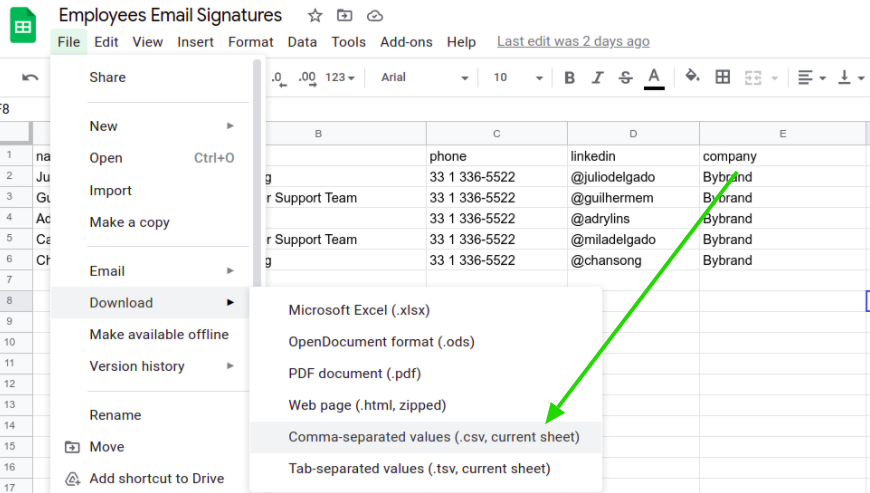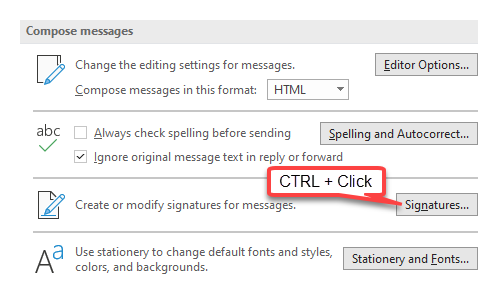

Whether you want your email signature to contain text or text and images, this is the guide for you. You may even want to turn your email signature into a logo-we can show you this too. Making your own email signature gives you creative control over one of the most important brand elements in your business-your name. Creating your own personal email signature is easy when you have a few tips and tricks to help you out.
#CREATE EMAIL SIGNATURE FILE LICENSE#
workspace = "C:/sapyexamples/data" # Set local variables inRaster = "sb" inSamples = "sbtrain" outSig = "c:/sapyexamples/output/rbsig02.gsg" sampField = "" # Check out the ArcGIS Spatial Analyst extension license arcpy. # Requirements: Spatial Analyst Extension # Import system modules import arcpy from arcpy import env from arcpy.sa import * # Set environment settings env. # Name: CreateSignatures_Ex_02.py # Description: Creates an ASCII signature file of classes defined by input # sample data and a set of raster bands. Syntax CreateSignatures (in_raster_bands, in_sample_data, out_signature_file, ) Parameter See Analysis environments and Spatial Analyst for additional details on the geoprocessing environments that apply to this tool. Specified in the tool parameter as a list. In Python, the desired bands can be directly.You can also create a new dataset that contains only the desired bands with Composite Bands and use the resulting dataset as input to the tool.

Multiband layer containing only the desired bands.
If the multiband raster is a layer in the Table ofĬontents, you can use the Make Raster Layer tool to create a new. If using the tool dialog box, browse to the multiband raster using the browse button next to Input raster bands, open the raster,. There are several ways you can specify a subset of bands from a multiband raster to use as input into the tool. If the input is a layer created from a multiband raster with more than three bands, the operation will consider all the bands associated with the source dataset, not just the three bands that were loaded (symbolized) by the layer. Each class name must consist of a single string no more than 31 alphanumeric characters in length. The class names can be entered through the Sample field or any text editor can be used on the resulting signature file to input the names. The names of the classes in the output signature file are optional. The statistics in the file should be created and altered by Multivariate tools only. You should not change anything in the signature file except to enter the names of classes. See How Create Signatures works to compare signature files when the covariance matrices are generated versus only the means. This information is generated when the Compute covariance matrices option in the dialog box is enabled, or the COVARIANCE option is specified in scripting. If the signature file is to be used in further multivariate analysis tools that use covariance matrices, such as Maximum Likelihood Classification and Class Probability, the covariance matrices must be present. The minimum valid number of class samples in the sample data is two. The statistics will be computed for the common area only. The input raster bands and the input raster or feature sample data must have overlapping extents. gsg extension should be used for the output signature file. Learn more about how Create Signatures works UsageĪ. 

Creates an ASCII signature file of classes defined by input sample data and a set of raster bands.








 0 kommentar(er)
0 kommentar(er)
